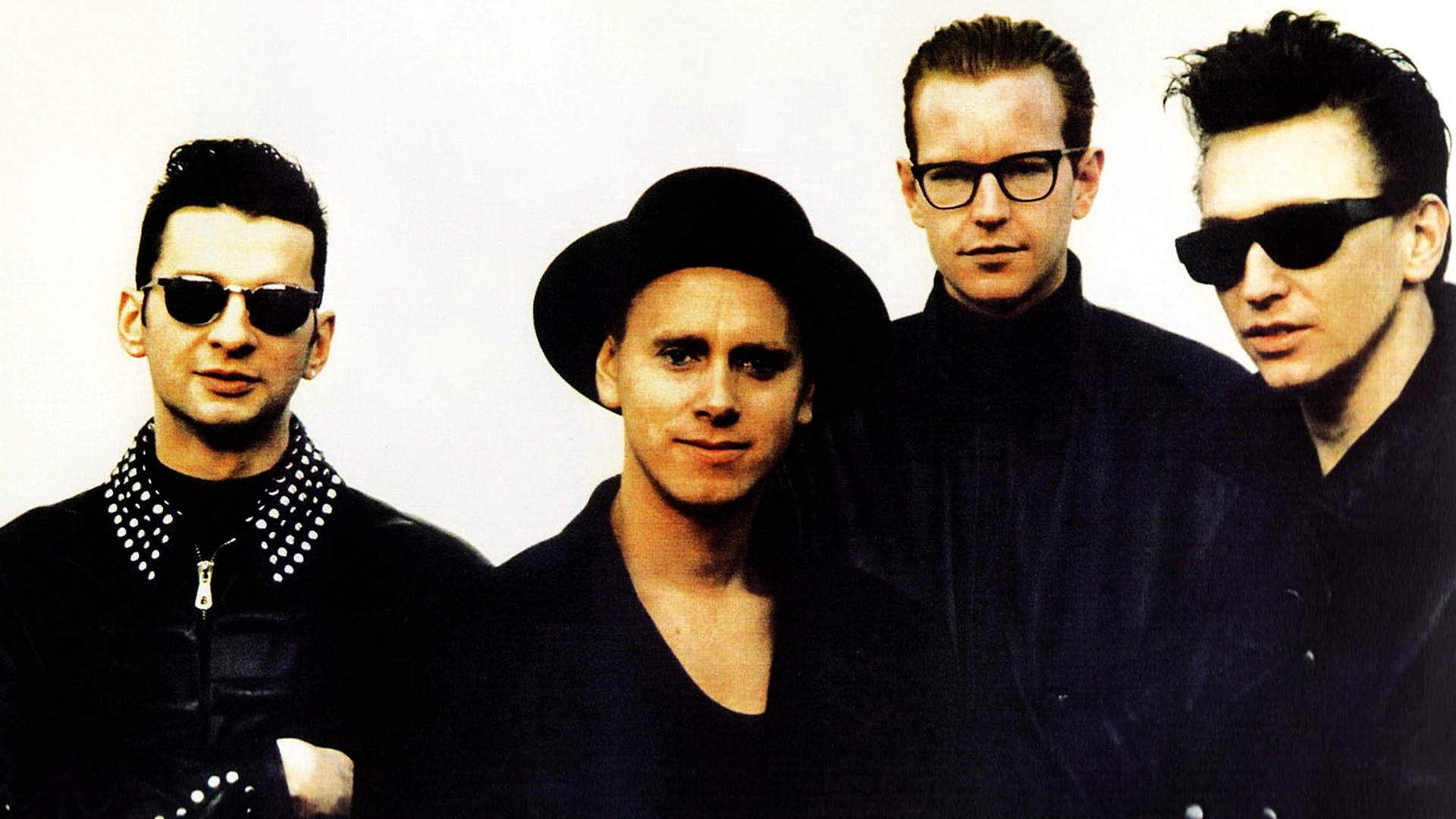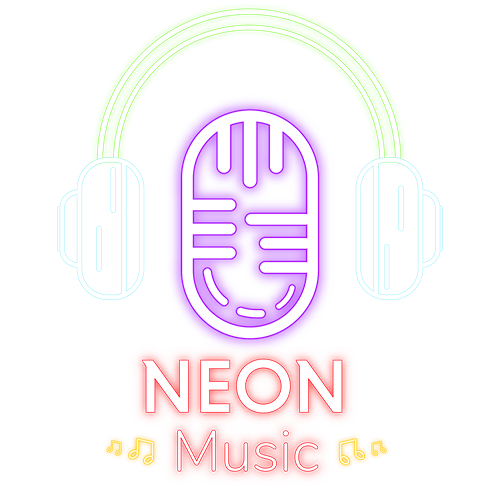
Depeche Mode is one of the most iconic and influential electronic music bands. Their songs have shaped the sound and culture of genres such as synth-pop, industrial, techno, and alternative rock. Their lyrics have explored love, pain, faith, politics, and sexuality. Their live shows have been legendary for their energy, spectacle, and fan interaction.
But among their many hits, one song stands out as a masterpiece: Never Let Me Down Again. The song was released as the second single from their sixth studio album, Music for the Masses (1987), on August 24, 1987. It reached No. 22 in the UK, No. 2 in West Germany, and the top 10 in several other European countries, such as Sweden and Switzerland.
The song has become a fan favourite, especially live, featuring in various movies, television shows, video games, and commercials. But what is the story behind this song? How did it come to be? What does it mean? And why is it so special?
The Composition
Martin Gore, the lead songwriter, and guitarist of Depeche Mode, wrote the song. He is described as a genius and a poet by his bandmates and critics alike. He has written some of the most memorable and emotional songs.
Gore said that he wrote Never Let Me Down Again in his home studio in London. And he had a clear idea of creating a dramatic and big-sounding song.
He emulated the powerful drum sound and the epic guitar riff of Kashmir by Led Zeppelin, which he considers one of the best songs ever written.
He went deep into his personal experiences as he sought to encapsulate the essence of his youthful experimentation with mind-altering substances, including LSD, ecstasy, and cocaine, to capture the fleeting sensation of drug euphoria while exploring the sinister awakening that follows.
Never Let Me Down Again is not about an individual relationship or person. Instead, it delved into the profound concept of escapism and the repercussions that loomed over those who succumbed to its allure. Whether through drugs, alcohol, or any other form of evasion, the haunting consequences awaited, serving as a universal cautionary tale.
The title, Never Let Me Down Again, possessed a captivating ambiguity that intrigued Gore. Its manifold interpretations invited a multitude of meanings, encompassing notions of betrayal, disappointment, or abandonment. A title that resonated uniquely with each listener, evoking a myriad of emotions.
In his pursuit of clarity, Gore adopted a straightforward and unadorned lyrical style to avoid being too poetic or obscure to convey a clear message and emotion.
Eager to share his creation with his bandmates, Gore recorded a captivating demo featuring his vocals and sent it their way. Overwhelmed with enthusiasm, the band unanimously agreed that the track possessed unmistakable potential, destined to become an obvious single that would captivate audiences far and wide.
The Production
Depeche Mode with David Bascombe and Daniel Miller produced the song. Bascombe was an engineer who had worked with bands such as Tears for Fears, Genesis, and Peter Gabriel, while Miller was the founder of Mute Records, the label that signed Depeche Mode in 1981.
Never Let Me Down Again was recorded in Paris, London, and studios in Denmark. The band used a combination of analogues and digital equipment, such as synthesisers, samplers, drum machines, guitars, and vocals.
The production process involved a lot of experimentation and creativity, with the band trying different sounds, effects, arrangements, and mixes until they found the best result.
One of the most distinctive features of the song is the guitar intro. The guitar sound was created by sampling a guitar riff played by Gore and looping it through a sequencer. Bascombe said it was coincidental but rather a happy accident, mentioning the sequencer ran on the count-in over the start of the track, which wasn’t the plan. But they all liked it and decided to keep it.
Another distinctive feature of the song is the coda section. The coda is the part where Gahan sings “See the stars; they’re shining bright; everything’s alright tonight“. This part references another song by Soft Cell called Torch. Torch was a synth-pop ballad released in 1982. It had a similar melody and lyrics to Never Let Me Down Again’s coda.
As a fan of Soft Cell and their singer, Marc Almond, he wanted to pay homage to it in his song, not to copy or plagiarise Torch to acknowledge its influence on him.
The final version was mixed by Bascombe at Konk Studios in London and mastered by Tim Young at CBS Studios in London.
The Remixes
There have been several remixes by artists and producers for different formats and markets. The main remix version of the song was called the Split Mix. The Split Mix was created by Depeche Mode themselves, with direct involvement from Bascombe.
The split mix has two parts: an extended version (9:31) and an edited version (6:28). The extended version featured additional elements such as an orchestral intro, a longer guitar solo, a breakbeat section, and more vocal effects. The edited version was shorter and more radio-friendly.
The Split Mix was released on 12-inch vinyl, CDs, cassettes, and digital formats. It was also included in some editions of Music for the Masses.
Other remix versions of the song include:
- The Aggro Mix: A harder and faster version created by Dave Bascombe
- The Tsangarides Mix: A rockier version created by Chris Tsangarides
- The Eric Prydz Remix: A Dance Version Created by Eric Prydz
- The Digitalism Remix: An Electro Version Created by Digitalism
The Video
The video for Never Let Me Down Again was directed by Anton Corbijn. Corbijn is a Dutch photographer and filmmaker who has worked with many famous artists such as U2, Nirvana, Metallica, Coldplay, and R.E.M.
Corbijn had met Depeche Mode in 1986 when he photographed them for an NME cover story. He has been their official visual collaborator since then. He has directed most of their videos since 1986, as well as their concert films 101 (1989) and Devotional (1993).
Corbijn said that he wanted to make a video that matched the epicness of the song while creating a contrast between Gahan’s charismatic performance and Gore’s introverted personality.
The video was filmed in various locations in Scotland because he liked its landscapes and its weather conditions.
The video dropped on August 24, 1987, along with the single, and included in some editions of Music for the Masses and on the video compilations Strange (1988), The Videos 86>98 (1998), and Video Singles Collection (2016).
The live performances
Since its release, Depeche Mode has performed the song live on every tour. It has become one of their most popular and anticipated songs on stage. It has also become a ritual for the fans to wave their arms in the air during the coda section of the song, creating a wind-in-a-cornfield effect.
The song has been played in various versions and arrangements over the years. Some of the most notable live performances are:
- The 101 Tour (1988): The song was played as the final encore of the tour, which culminated with a historic concert at the Rose Bowl Stadium in Pasadena, California, on June 18, 1988. The concert was attended by over 60,000 people and was filmed for the 1989 documentary 101 by D.A. Pennebaker. The concert also featured a guest appearance by Robert Smith of The Cure, who joined Depeche Mode on stage for a rendition of Never Let Me Down Again.
- The Devotional Tour (1993): The song was played as the second encore of the tour, which was one of the most ambitious and extravagant tours in music history. The tour featured a massive stage design, elaborate costumes, pyrotechnics, and special effects. The tour also marked the peak of Depeche Mode’s popularity and success, as well as their personal and professional troubles. The tour was filmed for the concert film Devotional (1993) by Anton Corbijn.
- The Touring the Angel Tour (2005–2006): The song was played as the first encore of the tour, which was the first tour after Depeche Mode’s comeback with their album Playing the Angel (2005). The tour featured a minimalist stage design, a circular screen, and a drum kit for Gahan. The tour also featured a guest appearance by Peter Gordeno, who played keyboards and sang backup vocals for Depeche Mode.
- The Tour of the Universe Tour (2009–2010): The song was played as the first encore of the tour, which was the first tour after Depeche Mode’s recovery from Gahan’s illness and Gore’s surgery. The tour featured a futuristic stage design, a giant LED screen, and a laser show. The tour also featured a guest appearance by Martin Gore’s son Jack, who played guitar on Never Let Me Down Again at some shows.
- The Global Spirit Tour (2017–2018): The song was played as the final encore of the tour, which was the first tour after Depeche Mode’s induction into the Rock and Roll Hall of Fame. The tour featured a minimalist stage design, a circular screen, and a drum kit for Gahan. The tour also featured a guest appearance by Arcade Fire, who joined Depeche Mode on stage for Never Let Me Down Again at their show in Toronto, Canada, on June 25, 2017.
The Legacy
Never Let Me Down Again is one of the best and most important songs by Depeche Mode, praised by critics and fans alike for its musical quality, lyrical depth, emotional impact, and cultural significance.
It is ranked among the greatest songs of all time by various publications and polls. For example:
- In 2002, Q magazine ranked it No. 104 on its list of “The 1001 Best Songs Ever”.
- In 2004, Rolling Stone magazine ranked it No. 179 on its list of “The 500 Greatest Songs of All Time”.
- In 2009, NME magazine ranked it No. 15 on its list of “The 100 Greatest Singles of All Time”.
- In 2010, Pitchfork magazine ranked it No. 33 on its list of “The Top 200 Tracks of the 1990s”.
The song has also been influential for many other artists and genres. It has been covered, sampled, remixed, or referenced by various musicians, such as Smashing Pumpkins, The Cure, Marilyn Manson, Linkin Park, Eric Prydz, Digitalism, Arcade Fire, and many more.
The song has been featured in various media, such as movies, television shows, video games, and commercials. Some of the most notable examples are:
- In 1995, in the Strange Days, the movie directed by Kathryn Bigelow and starring Ralph Fiennes and Angela Bassett.
- In 1997, in the episode The One with Joey’s Award of Friends.
- In 2004, in the video game Grand Theft Auto: San Andreas on the radio station Radio X.
- In 2013, in the opening scene of the video game The Last of Us,
- In 2021, in the first episode of the Television series, The Last of Us, based on the video game of the same name.
In conclusion, Never Let Me Down Again by Depeche Mode is a classic song that has transcended its time and genre. It is a song that has touched millions of people. It has inspired and influenced many other artists and genres. It is a song that has become a part of our culture and history.
If you enjoyed this article, you may also like:
